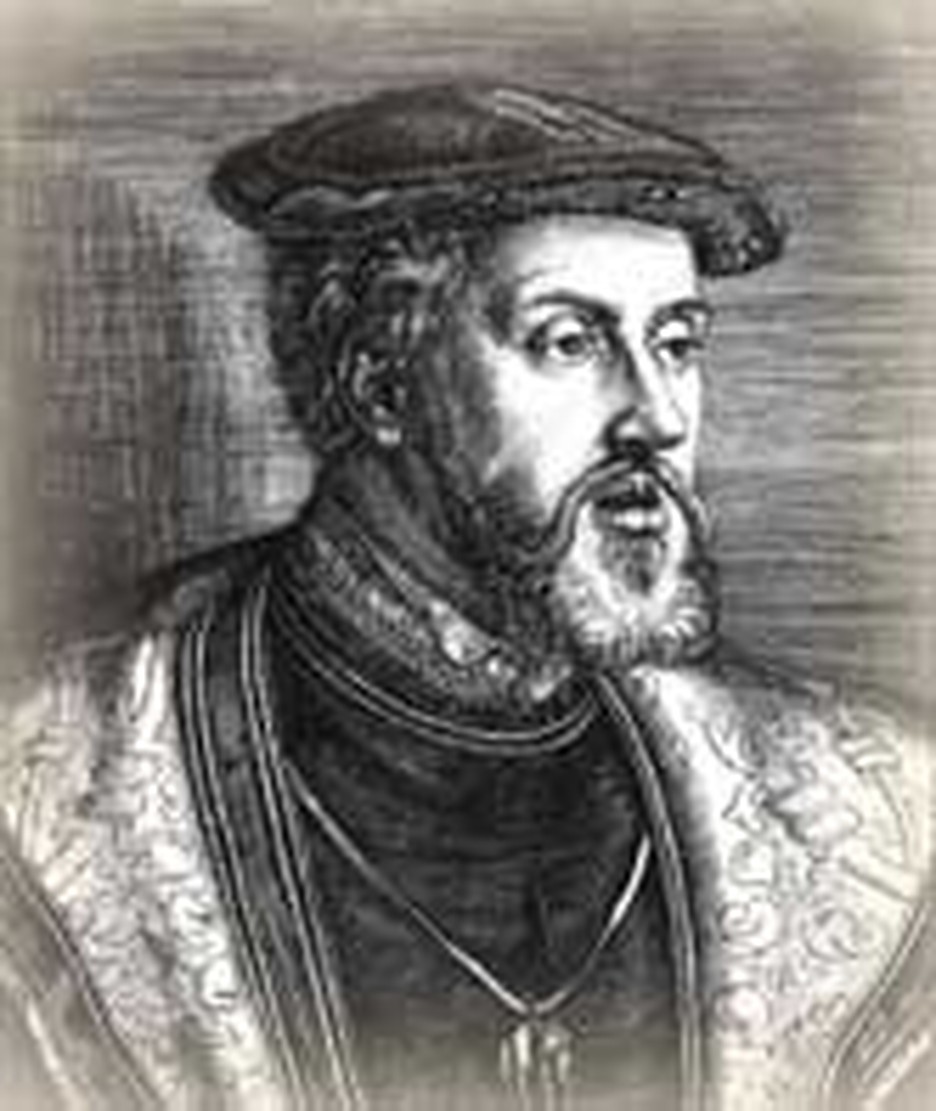
When Luther nailed his 95 theses to the church door, the Christian world was irrevocably changed. It was as if water were poured into thirsty sand. There was no way to get it back into its bottle again. The Roman Church and its champion, the Hapsburg Emperor Charles V, did not recognize that fact at first.
Backed by the pope, Charles V met the Lutherans at Augsburg, demanding they return to the Roman Church. The Lutherans held their own in debate and presented him with the Augsburg Confession--a document which remains their fundamental statement of faith.
Charles V determined to reunify his empire by eradicating Lutheranism from Germany. On November 19th, 1530, he issued a decree commanding the Protestant princes to return to the Roman fold. He gave them until April 15th to submit--or face war.
Recognizing their danger, leaders of several German Protestant states met in the little town of Schmalkalden, in Saxony, Germany two days before Christmas. On this day, December 31, 1530, the meeting closed. Stating its grievances, it had agreed to form a League to resist the Holy Roman Emperor if he tried to compel them to abandon the Reformation. The leaders immediately wrote to other nations, asking them to join the league or at least offer it their assistance. They received favorable answers. A treaty was formally signed on February 27, 1531.
Emperor Charles suddenly found himself in a vulnerable position. Not only had the Schmalkaldic League arisen to resist his armies, but the Turks were again threatening Europe from the East. France, too, was stirring against him. Thanks to these external threats, the emperor found it necessary to accommodate the German princes. He granted them free exercise of their religion until a church council or national diet could decide religious issues.
Charles's involvement kept him from attacking the Lutherans for sixteen years. But in 1546 the blow fell. Disagreements among the Schmalkald leaders, the treachery of Prince Maurice, and the Protestants' military ineptitude gave the emperor as complete a victory as he could have hoped for. He imposed an "interim" creed upon Germany, one which made only a few small concessions to the Lutherans.
Bad as the situation was for the Protestants, it did not last long. Alarmed at the emperor's successes, other powers rose to make his declining years unhappy. Rome fumed that the emperor had no right to draft a creed; that was the prerogative of the church. In 1552, Prince Maurice, fighting again in behalf of the Protestants, won significant victories and compelled Charles to sign the treaty of Passau which restored Protestant rights.
Short-lived and seemingly unsuccessful though the Schmalkaldic League was, it served its purpose. To Protestants it seemed God's Providence had upheld their cause.
Bibliography:
- The Oxford Encyclopedia of the Reformation. Editor in chief Hans J. Hillerbrand. New York : Oxford University Press, 1996.
- Various encyclopedia articles, internet articles, and histories of the Reformation years.
Last updated May, 2007.







